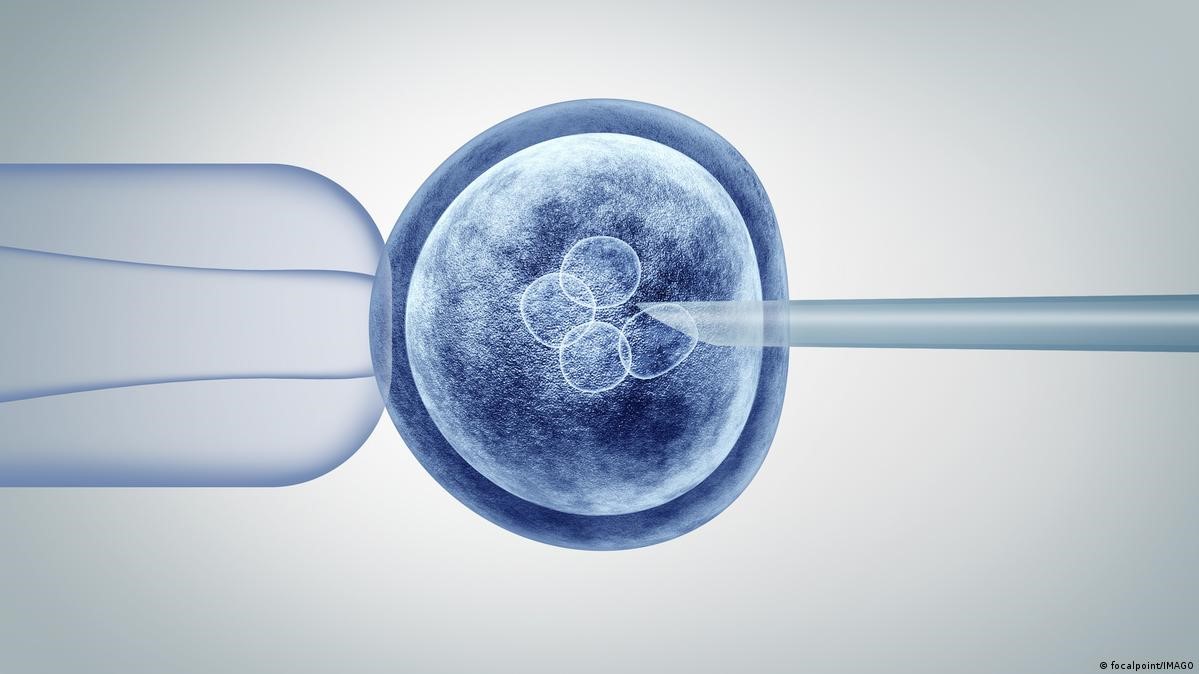Description

Source: IndianExpress
Disclaimer: Copyright infringement not intended.
Context
- Scientists have said they used a human gene editing tool, CRISPR-Cas9, to restore vision in people with a rare form of inherited or congenital blindness.
Details
- Leber congenital amaurosis (LCA), a rare form of inherited blindness affecting about one in 40,000 people, results in severe vision loss at an early age.
- LCA is caused by a mutation in the CEP290 gene, which affects the function of the protein CEP290 critical for sight.
- The trial was named "BRILLIANCE." Participants received a single dose of a CRISPR gene therapy called EDIT-101.
- EDIT-101: This therapy targets the mutation in the CEP290 gene, removing the faulty DNA sequence and inserting a healthy strand, restoring normal function of the CEP290 protein.
- Improved Vision: 11 out of 14 participants experienced improved vision after receiving the treatment.
Inherited Blindness
- Inherited blindness refers to vision loss or blindness that is caused by genetic mutations passed down from parents to their offspring.
- Inherited blindness can manifest in various forms, including congenital blindness (present at birth) or progressive vision loss over time.
- Inherited blindness can be inherited through different genetic patterns, including autosomal recessive, autosomal dominant, X-linked recessive, and mitochondrial inheritance.
- Numerous genes have been implicated in inherited blindness, affecting various aspects of ocular development, function, and maintenance.
Types of Inherited Blindness:
- Retinitis Pigmentosa (RP): RP is a group of inherited retinal disorders characterized by progressive degeneration of the retina, leading to night blindness, tunnel vision, and eventual blindness.
- Leber Congenital Amaurosis (LCA): LCA is a severe form of inherited retinal dystrophy that presents at birth or early infancy, resulting in severe visual impairment or blindness.
- Congenital Stationary Night Blindness (CSNB): CSNB is a rare inherited condition characterized by night blindness and other visual abnormalities, typically stable or slowly progressive over time.
- Usher Syndrome: Usher syndrome is a genetic disorder characterized by a combination of hearing loss and vision impairment, often leading to deafness and blindness over time.
- Choroideremia: Choroideremia is a rare X-linked recessive disorder characterized by progressive degeneration of the choroid, retina, and retinal pigment epithelium, leading to vision loss.

CRISPR-Cas9
- CRISPR-Cas9 is a revolutionary genome editing technology that allows precise modification of DNA sequences within cells.
- CRISPR (Clustered Regularly Interspaced Short Palindromic Repeats) and Cas (CRISPR-associated) proteins were initially discovered as a bacterial immune system against viruses.
- CRISPR-Cas9 has widespread applications in genetic research, biotechnology, agriculture, and medicine.
Components and Mechanism:
- CRISPR Array: Consists of repetitive DNA sequences (CRISPR repeats) interspersed with unique DNA sequences (spacers) derived from viral or plasmid DNA.
- Cas9 Protein: An RNA-guided endonuclease enzyme that cuts DNA at specific target sequences guided by a single-guide RNA (sgRNA).
- sgRNA: A synthetic RNA molecule designed to complement a target DNA sequence and guide Cas9 to the desired genomic location.
- DNA Cleavage: Cas9 generates a double-strand break (DSB) at the target site, which can be repaired by cellular DNA repair mechanisms, leading to gene knockout, knock-in, or modification.
Applications in Genetic Research:
- Gene Editing: CRISPR-Cas9 enables precise manipulation of genes in various organisms, facilitating the study of gene function and genetic diseases.
- Functional Genomics: CRISPR-Cas9 screens allow systematic interrogation of gene function by targeting individual or multiple genes simultaneously.
- Model Organisms: CRISPR-Cas9 has been used to generate genetically modified model organisms for studying disease mechanisms and therapeutic interventions.
Biotechnological and Agricultural Applications:
- Biomedical Engineering: CRISPR-Cas9 is utilized in synthetic biology and metabolic engineering to engineer microbes for bioproduction of biofuels, pharmaceuticals, and other bioproducts.
- Crop Improvement: CRISPR-Cas9 offers a powerful tool for precise genome editing in crops to enhance traits such as yield, disease resistance, nutritional content, and stress tolerance.
- Livestock Engineering: CRISPR-Cas9 is applied in livestock breeding to improve traits related to productivity, health, and welfare.
Therapeutic Applications:
- Gene Therapy: CRISPR-Cas9 holds promise for treating genetic disorders by correcting disease-causing mutations in patient cells, either ex vivo or in vivo.
- Cancer Therapy: CRISPR-Cas9 is being investigated for targeted disruption of oncogenes or activation of tumor suppressor genes in cancer cells, as well as for engineering immune cells for cancer immunotherapy.
- Infectious Diseases: CRISPR-Cas9-based strategies are explored for combating infectious diseases by targeting viral genomes or host factors essential for pathogen replication.
Ethical Considerations:
- Off-Target Effects: Concerns exist regarding potential off-target effects of CRISPR-Cas9, leading to unintended mutations at genomic loci similar to the target sequence.
- Germline Editing: Germline editing, altering DNA in sperm, eggs, or embryos, raises ethical and safety concerns regarding heritable genetic modifications.
Sources:
IndianExpress
|
PRACTICE QUESTION
Q. CRISPR-Cas9 represents a groundbreaking technology with vast potential for scientific discovery, biotechnological innovation, and therapeutic interventions. Discuss with the help of examples. (250 words)
|
















